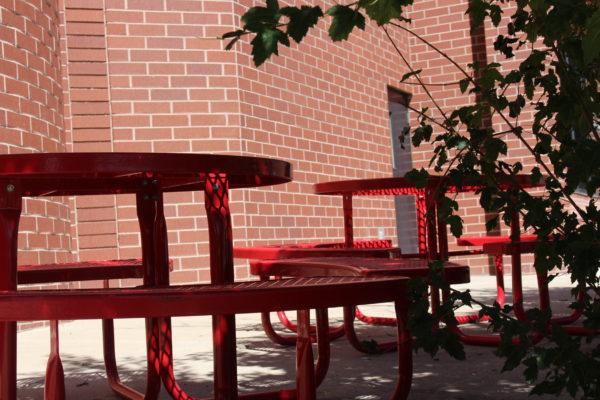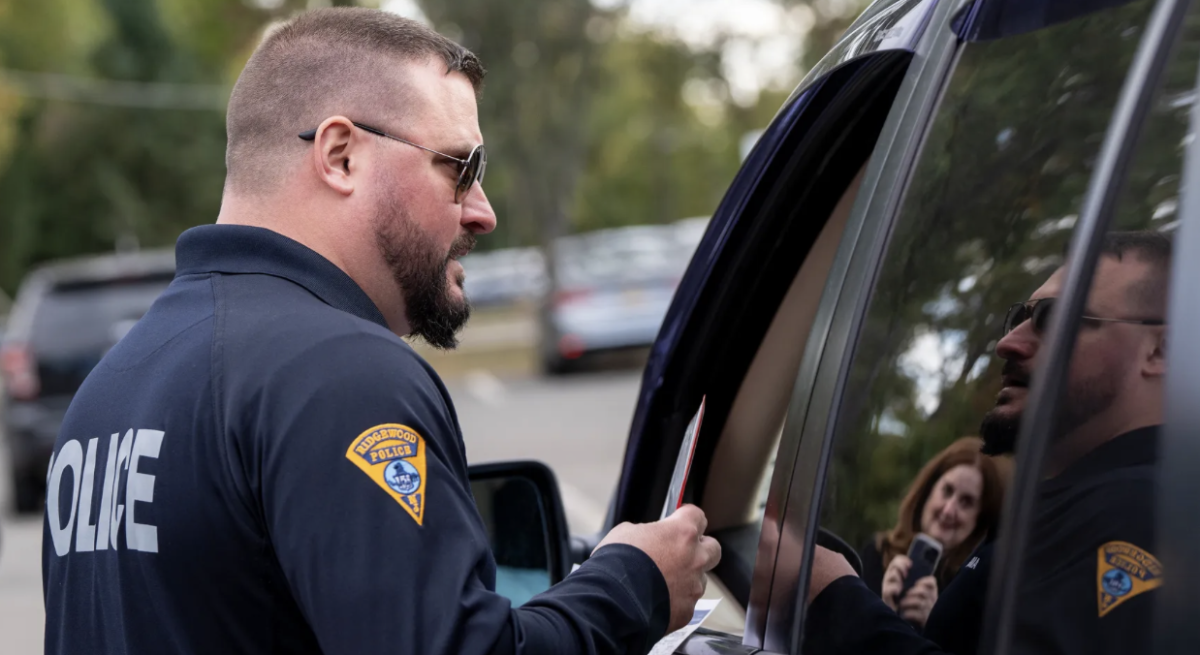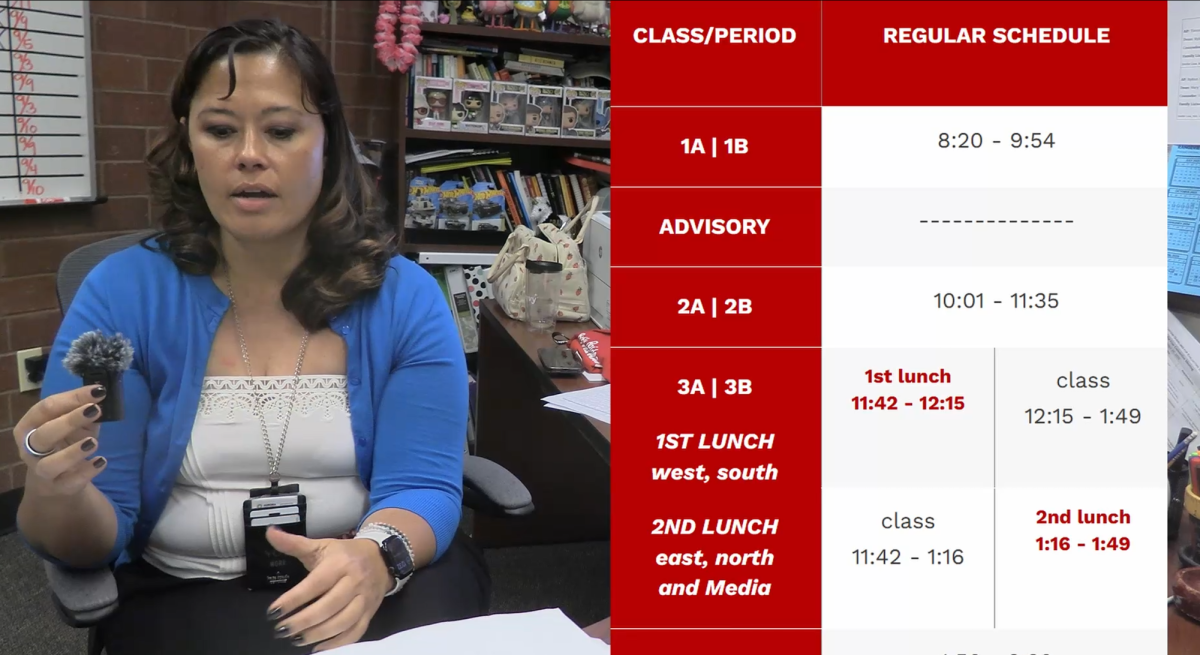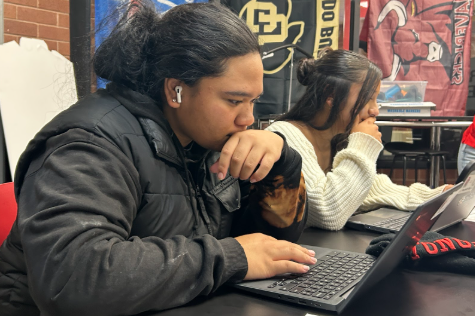Feature Photo By: Rediet Ayanaw – Located at the south entrance of Rangeview, the red tables offer a seat in a shady spot, and can also offer that relaxing feel that students need after a long day of school.
It’s a warm Friday evening and students are ready to come home to two days of freedom. The long week of school work, homework, and other stresses is off the shoulder.
According to Psych Central, healthy stress levels can actually push a person into a better performance. Whether it is a workout or a tough day, the adrenaline goes a long way.
However, what about the other half of the stress? What is it good for? About thirty-three percent of people surveyed in a study by the American Institute of Stress reported living with extreme stress levels. It was said that using relaxing coping methods helped to minimize these statistics.
“Having a time set aside for relaxing is good,” says junior Taj Brown. “It gives time to release stress.”
Students spend most of their day in the classroom. Outside of the classroom, the responsibilities continue with activities like sports, clubs, and homework. To many, this is already enough stress for the average student.
In today’s society, social media can be another element of stress — many compare themselves to others, procrastinate, and/or maintain an online stigma or reputation.
Junior Alana Cordova says, “I think it is important for kids to relax. Being stressed isn’t good for mental health.”

According to a study done (link), spending time alone is a great way of relaxing. Enjoying time to yourself before your day starts can have tremendous positive results on your concentration levels as well as increase effective productivity.
Being alone not only provides a chance to think more deeply about topics, but it also gives anyone the chance to think about themselves.
Once you really get a set time to think about everything, thinking about what is wanted out of life, what is on your mind and what steps should be taken to react to those situations- giving more information on yourself overall. This thinking through can eventually help you strengthen the mindset, realize what problems there are, and what exactly makes you, you.
Rangeview recently had some staff meetings where the topic of relaxation was brought in.
Math teacher Ms. Curtis Basham says, “I am part of a committee to implement ‘Calm Classrooms’ and we run short lessons where students work on techniques of breathing, concentration, relaxation and stretching.”
Ms. Curtis practices this method at least once a week, three minutes per session. Some students have said it was helpful so far.
Relaxation also gives the brain a chance to revitalize. Your brain is constantly under pressure to keep working — especially at school — and it needs time to unwind and regroup.
Dr. Mina Lee Ryu’s research shows that relaxing can reduce blood pressure and increase blood flow. These relaxed muscles are very good for body health — not just mental health. Some studies done have even shown stress to be a major role in seizures, which often get misdiagnosed for epilepsy.
According to (link) some other ways of relaxing are:
- Disconnecting (technology wise): Life is hard enough. With the advancing field of technology, society throws in the pressure to live up to a set standard. Take a break without your phone.
- Meditating: Research shows (link) that mediating for even five minutes helps the brain calm down and be more alert in the present. It helps clear mental blockages and it has also been shown to decrease distracting thoughts.
As this topic gets more attention and as more schools start adjusting to student’s high-stress levels, more solutions can come from it.
Although the methods above are the most recommended, there are many more to choose from that can fit into your lifestyle personally.
Links:

















